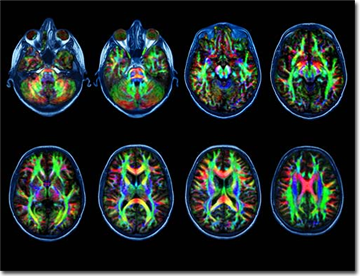A multi-institutional research consortium dedicated to further understanding head impact exposure and concussion relationship between sports.
It is difficult to predict how the brain of an athlete will respond to an impact during a sporting event. However multiple methods of analysis exist to further understand this response. One method is to perform experimental testing with cadavers, animals, and laboratory test surrogates. A second method is to use advanced mathematical modeling methods to predict the response of the brain. Generally this method is performed using Finite Element (FE) models. This project, funded by the National Operating Committee for Standards in Athletic Equipment (NOCSAE), is a novel effort to evaluate the role of FE brain models in the development of test methods for evaluating the effectiveness of sports equipment. To achieve this objective, we will initially model the response of the brain using impacts measured in the field that led to diagnosed concussion. We will then compare the models’ predictions with actual brain pathology, quantified with advanced neuroimaging shortly after the diagnosis of concussion.
 |
Head Impact Exposure
|
 |
Neuro-Imaging and Clinical Data
|
 |
Finite Element Modeling
|
The research was funded by award R01HD048636 (Principal Investigator Richard Greenwald) from the National Center for Medical Rehabilitation Research (NCMRR) within the Eunice Kennedy Shriver National Institute of Child Health and Human Development (NICHD) at the National Institutes of Health (NIH). (Further research has also been extended via National Operating Committee on Standards for Athletic Equipment (NOCSAE) award number NOCSAE 11SAC 1, and a Center for Disease Control and Prevention (CDC) award number 5R01CE001254.)







